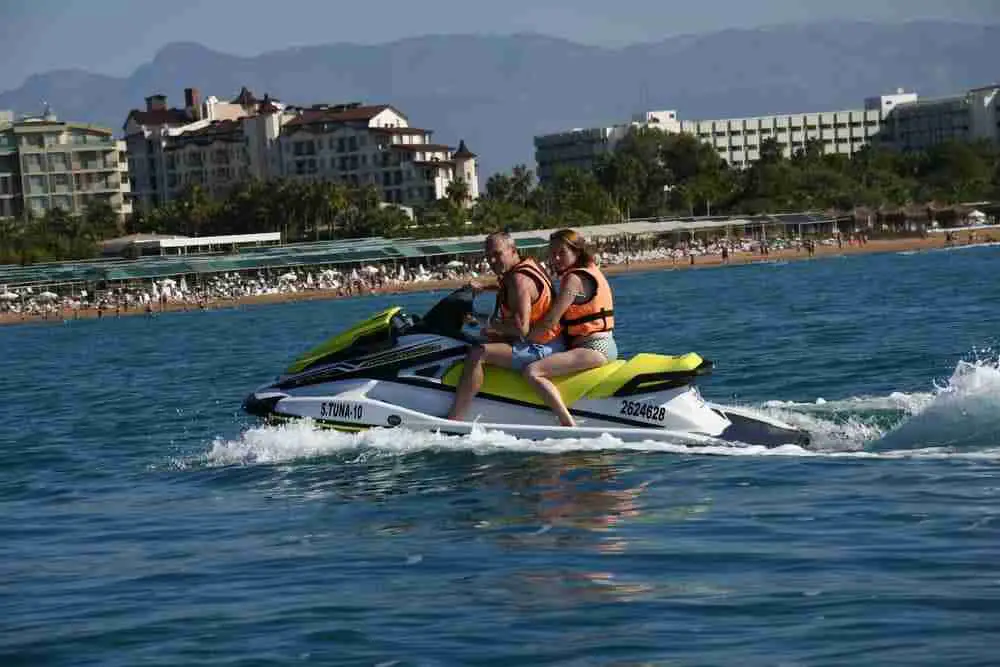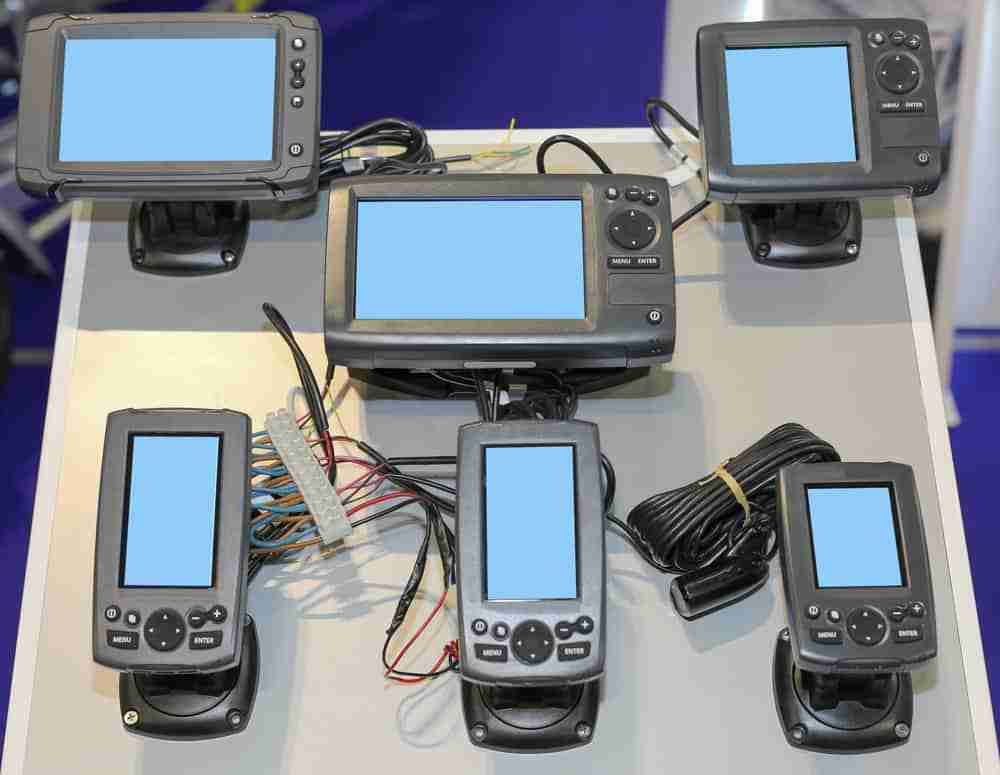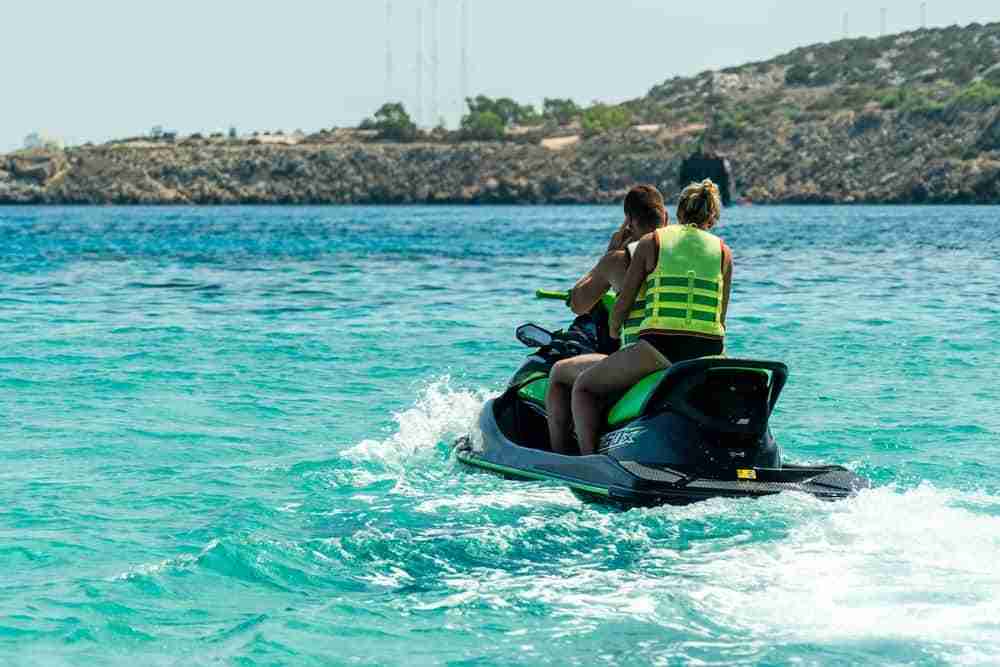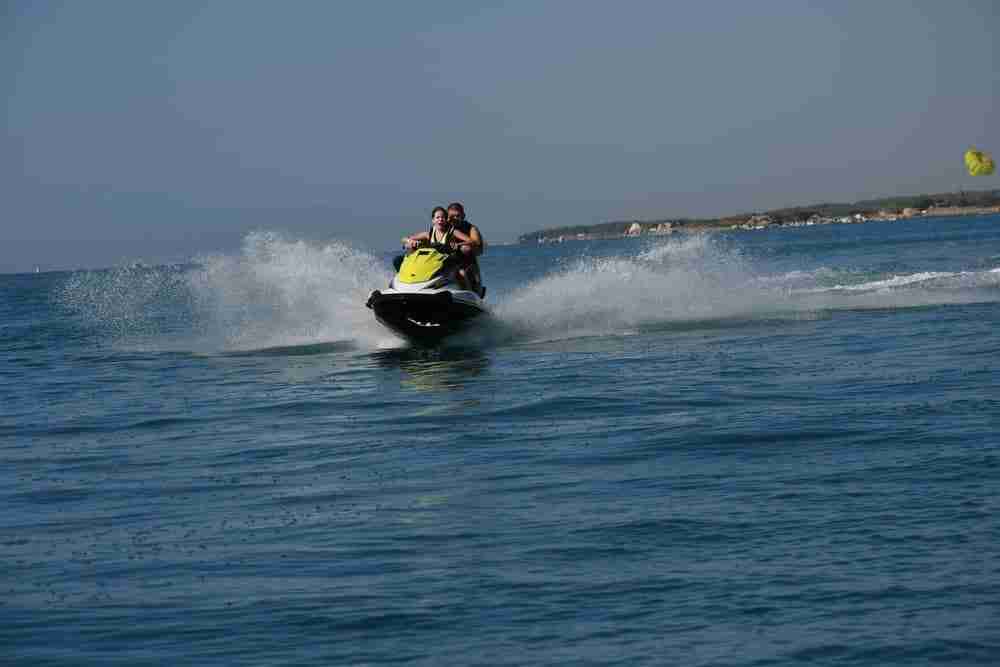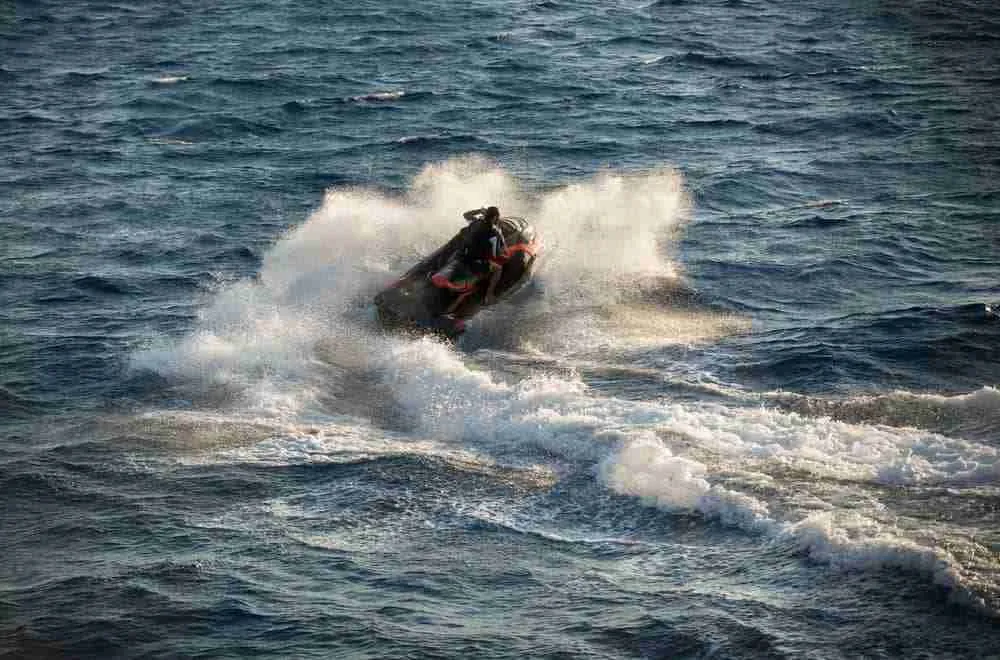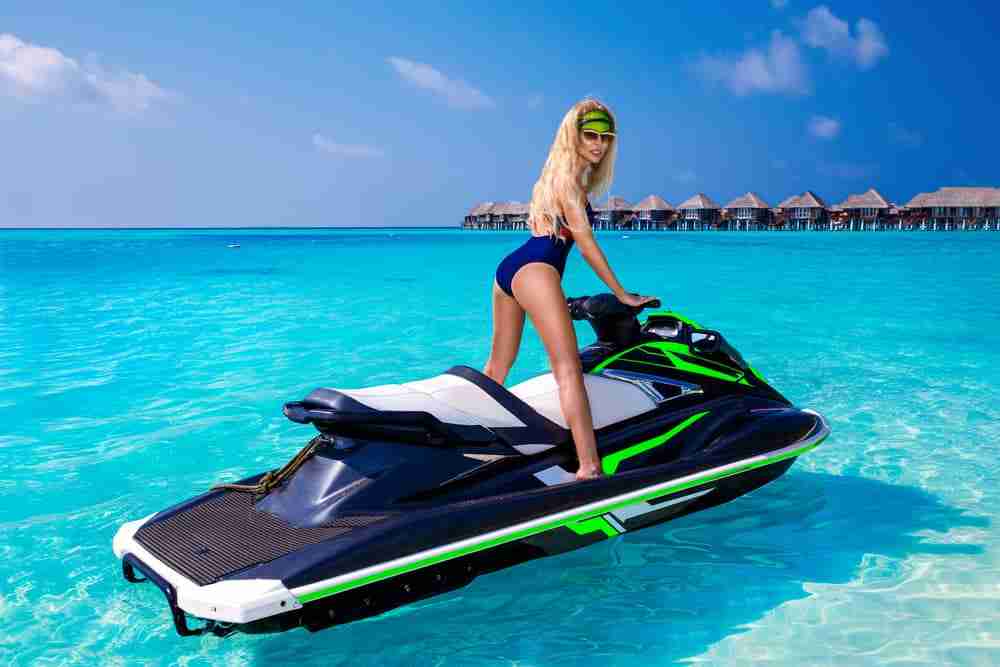I’m often asked by followers of Jet Ski Advice whether you need to take out an insurance policy. It’s a simple answer really:
In some states, you are legally required to have a jet ski insurance policy. In other states, insurance is merely a recommendation. By having insurance, you can protect yourself from liabilities and being sued for property damage, injuries or even death.
I know it’s a difficult call for new owners. After all, you already spent a good fortune on that new jet ski + trailer + registration and now you’re contemplating an expensive insurance premium as well.
I’m probably a little biased as I want you to look after your new ride AND protect yourself and your family. So…I’d say yes to insurance, but let’s talk about some of the challenges.
Jet Ski Insurance in Australia
Here in Australia, jet ski insurance isn’t compulsory. Unlike a car registration, you won’t receive any 3rd party insurance which protects against bodily harm in the event of a crash.
What this essentially means is that the onus is on you. Having seen conversations with dozens of other jet ski riders, most agree that it’s a moral responsibility to get insurance to protect yourself and each other out there on the water.
Jet Ski Insurance in the United States
Some states do regulate PWC riders and require insurance, while other’s simply do not. It’s not a legal requirement in California or Florida to take out a jet ski insurance policy. All you need is active registration and a licence. The same is true for boaters and most other marine vessels in these two states.
Please check with your individual state as they can vary. You’ll definitely need insurance if you’re renting your jet ski out, even if it’s to friends and family for cash payments. It’s not possible (yet) to hire out a jet ski on Turo or Airbnb currently, but if it were, they would provide their own insurance which is excellent.
Here are some additional insights below on some things to be mindful of.
Reasons to Get Jet Ski Insurance
There is a multitude of reasons why I would recommend you take out a policy. These include:
1. Protection Against Theft
While taking out a jet ski insurance policy won’t always stop crime, it’ll lessen the pain and frustration you feel. You could have your insurance claim paid out within several days so you can get out there riding again!
Some thieves don’t like to steal jet skis that have insurance policies (simply cover your jet ski with your insurer’s stickers) as they can be easier to trace. These companies have advanced software to track online sales of PWCs anonymously.
2. Protection Against Liabilities
Just imagine if you cause bodily harm to another rider, a beach-goer or anyone else enjoying the waterways? Litigation could lead to thousands or hundreds of thousands of dollars of lawyer fees and payments for life.
That can not only impact you financially but emotionally too. You might struggle to make ends meet which impacts your family. If you have an existing family business, you might be putting that at risk. Is that pain worth the cost of a premium? Only you can answer that.
3. Repair/Replacement Of Your Jet Ski
As I touched on earlier, by taking out an insurance policy on your personal watercraft, you’re able to have your jet ski replaced. It might also be repaired if it’s possible by a mechanic.
Compare that to having no insurance policy, and you’re likely going to be out of pocket $3,000 or more for repairs to your hull or engine. That’s money you may not have easily accessible which makes the cost of a policy definitely worth it.
4. Peace of Mind When Riding
It’s pretty easy to tell who has jet ski insurance and who doesn’t. Those that don’t are usually cruising along slowly at 30-knots while those with policies are trying to max out their speedometer!
You’re out there to have fun so don’t let a lack of policy stop you! Especially if you bought a performance-orientated jet ski. Sooner or later you’ll want to let that throttle out!
5. Insurance Discounts Are Available
Did you know that you can get a discount on jet ski insurance? I didn’t learn this myself until recently. If you already have a policy for your car and home, often your own insurance company will extend a discount on your jet ski insurance that the public wouldn’t otherwise receive.
That said, you might increase your premiums if you have health insurance. Why? Simply because you are seen now as riskier and more likely to suffer an injury from your weekend adventures.
6. Protection For Your Trailer
Many people forget about insurance for their personal jet ski trailer. It may get stolen while you’re away from the boat ramp or it may get a tire blowout on the highway. Either way, you can get your trailer covered with the insurance policy as your jet ski.
This can include accessories too. For instance, I know some guys like to attach a rooftop tent or front toolbox. This is an additional value that you can add to the policy so you can get an agreed value at payout. Likewise, you can get insurance on a jet ski dock if you don’t trailer your jet ski around.
7. Protection For Medical Emergencies
Imagine being thrown off your jet ski and severely hurting your arm, leg, back or even worse – your spine. Unfortunately, life-changing injuries do happen as a result of riding aggressively on a personal watercraft. It might not even be your fault either, but what happens going forward is your responsibility.
While you can depend on the services of the Coast Guard and water ambulance, the same can’t be said for hospital treatment. There is a distinct difference in the level of service you receive by choosing the public system and private health care. Some jet ski insurance policies do include personal medical evacuation and treatment but most don’t because it’s more expensive.
How Much Is Insurance On A Jet Ski?
It’s usually $450 for a used jet ski, such as the Sea-Doo Spark and up to $2,500 for a new performance-orientated jet ski, such as the Kawasaki Ultra 310R.
This of course depends on your location and claim history. It does pay to shop around and find the right provider for you. I have found the insurance comparison sites to be the best value as they compare policies side-by-side.
Does Jet Ski Insurance Cover Engine Damage?
Yes. Some of the premium PWC insurance companies do cover engine damage in their policies, but there is an additional premium to pay which may outweigh the benefits.
Not only do they cover damage to the engine in the event of a crash, but will cover it if your engine overheats or you forget to put your drain plug back in prior to launch. They will need to see a clear service history and they won’t cover certain activities such as racing or stuntwork.
Can A Jet Ski Tracker Reduce My Premiums?
Yes, you can get a reduction on your jet ski insurance with a hard-wired tracking device.
This reduces their risk as an insurance company and thus, they can pass those savings on to you. I believe eventually that such companies will provide these devices to their policyholders for free.
By installing this device, you’re able to track the location of your jet ski at all times. I personally wouldn’t hint that there is a tracking device installed, otherwise, thieves will figure out how to disable these in 10 minutes or less.
In Summary
Jet ski insurance is one of my most recommended suggestions for new riders. With a lack of experience, you never know when you might take a wrong turn or not see that freak wave coming. Your whole world could come crashing down in 5 seconds.
Even if you have a policy already, it’s wise to check what it actually covers and what it does not. Most often, these policies are cheap because they contain the bare minimum – theft, damage and some protection against injury litigation.
Stay safe, get protected and I’ll catch you out there!
